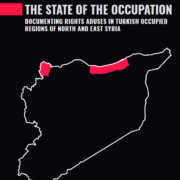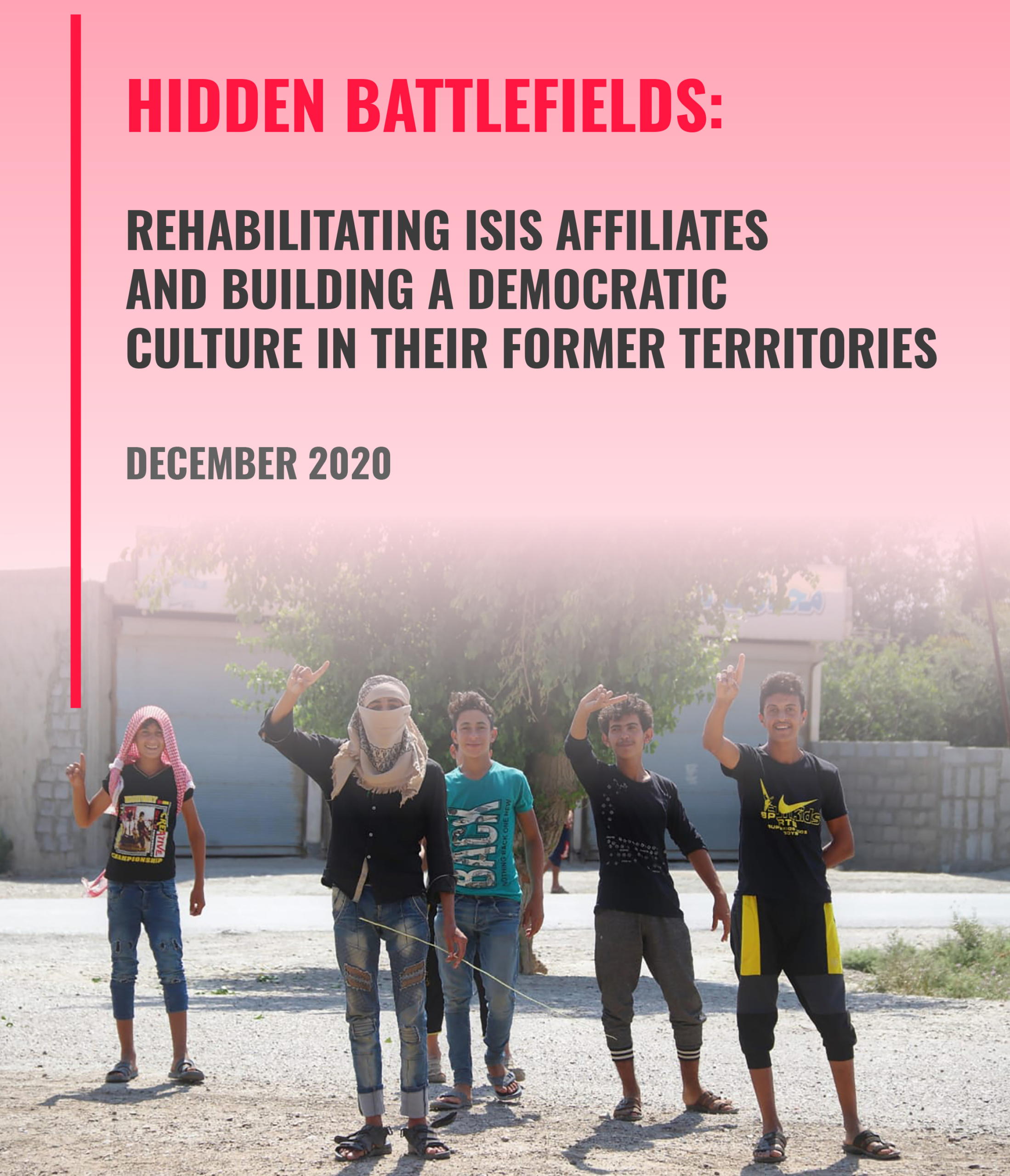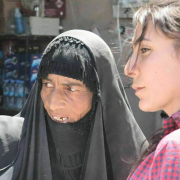Fox News – ISIS sleeper cell attacks in Syria reach record low, data shows

Original article by Hollie McKay, Fox News. 15 December 2020
Despite the still frequent terrorist attacks ripping through the once ISIS-controlled pockets of northeastern Syria, data released this month showed that November 2020 recorded the lowest number of sleeper cell attacks by the Islamic terror group since their territorial defeat last year.
According to the Syria-based monitoring group Rojava Information Center (RJC), there were 16 confirmed attacks – plus an additional seven attacks at the sprawling al-Hol displaced person camp – making it an 80% decrease year over year. The previous record low was double this figure.
“Throughout this year, we have seen a gradual chipping down (of attack numbers) to the lowest-ever number last month,” Thomas McClure, a Syria-based researcher, told Fox News. “But it is important to remember that these numbers are still very high.”
The mild triumph comes months after the U.S.-backed Syrian Democratic Forces (SDF), in conjunction with the International Coalition, intensified raids in the early summer throughout the Deir-ez-Zor area – the last ISIS stronghold – resulting in over 110 arrests.
The latest RJC report emphasized that, of the assaults that did take place in November, 14 of them took place in that volatile spot, marking a 55-64% monthly decrease on prior months. Only two attacks took place outside of Deir-ez-Zor last month: one in the once so-called caliphate capital of Raqqa and another in Heseke.
The potential turning of the tide comes just over a year after President Trump announced a dramatic drawdown of U.S. troops in the area, igniting a firestorm of criticism and concern over the long-term ramifications of a resurgence in ISIS gaining ground.
McClure stressed that the populous still has a long way to go until the future looks stable and secure, and ISIS has “no room” in which to continue waking its sleeper cells, cautioning that another invasion from Turkey – who view the SDF as being a wing of their longstanding adversity to the Kurdish separatist and designated terrorist group known as the PKK – could risk undoing all the recent gains.
Moreover, November’s attacks – eight of which were believed to be assassination attempts targeting individuals suspected of connection to the SDF-supported Autonomous Administration – resulted in nine fatalities. In total, this saw 15 confirmed fatalities and many more wounded. Despite a reduction in the number of attacks, this is a 50% increase compared to October, which only saw 10 deaths.
“Despite fluctuation from month to month, it is clear that joint Coalition and ISIS raids are having a long-term effect, decreasing the rate of ISIS and other sleeper-cell attacks. Except for January and February, every month throughout 2020 has seen a decrease when compared to the same month in 2019,” Rojava Information Center researcher Robin Fleming said. “This November, (the northeastern region) saw a record-low figure of ISIS attacks since the Rojava Information Center began collecting data; only 16 total attacks compared to 83 confirmed attacks in November 2019, immediately following the Turkish invasion.”
RJC researchers surmised that efforts made to provide “amnesty” to hundreds of women and children in recent months haven’t resulted in an uptick of attacks across the region. But within the confines of the camp, as conditions for the 65,000 people stuffed inside continue to deteriorate and officials pled for foreign governments to take back their nationals as resources dwindle – the security situation is only worsening.
“As we see attacks in (northeastern Syria) falling, so we see the situation in Hol Camp intensifying. al-Hol Camp remains a hotspot for attacks by ISIS-affiliated women, with 7 attacks resulting in 7 deaths and several wounded,” the report continued. “Nonetheless, it is positive to note that neither releases of hundreds of families from Hol Camp nor an amnesty for hundreds of low-level ISIS fighters have led to an increase in sleeper-cell attacks.”
In addition to housing around 10,000 people from other countries, the camp hosts 28,000 Syrians and 30,000 Iraqis, according to U.N. figures. Since October, the local administration has embarked on a campaign to steadily release some 500 willing families to alleviate the overcrowding and security burden.
Riza Kumar, a researcher at the Counter Extremism Project (CEP), underscored that raids against ISIS need to continue to ensure that sleeper cells are actively neutralized to prevent future recruits’ radicalization.
“The camp continues to be a threat to the region as former ISIS members are able to recruit, indoctrinate, and exploit fellow detainees. However, if camp departures are safe and low-risk, the camp will be better able to monitor higher-risk individuals who pose a genuine threat to regional security,” she said. “(But) given the mass release of Syrian detainees from al-Hol, there will also have to be active rehabilitation and monitoring systems in place to ensure that former detainees—who may have acquired knowledge on how to carry out attacks and persuade recruits—will not potentially re-radicalize or radicalize others in their home villages.”
Kumar conjectured that the longer individuals remain at al-Hol, there will be a higher risk that residents will adhere to ISIS under duress or, if they ever return to their communities, will face communal revenge and isolation the stigma of ISIS affiliation or support.
“U.S. national security, and international security, ultimately depends on ensuring that al-Hol residents and those who leave al-Hol, have the necessary humanitarian and specialized support to safely reintegrate back into their communities,” she continued.
The SDF has also purported to ease the pressure on its deluged ISIS prison system, granting more than 600 low-level Syrian fighters general amnesty in recent months. More than 250 others had their prison terms slashed by more than half.
Yet, one problematic point remains the return of ISIS inmates and families to neighboring Iraq. While Baghdad has agreed to take back the terrorist-connected, it has been met with trepidation from locals and minority communities – including Christians and Yazidis – who fear reprisal of oppression and violence.
It has also drawn concern from human rights activists and the returnees themselves, given that neighboring Iraq has undertaken a stringent crackdown against the terrorist outfit, executing hundreds on-mass since the group took over swaths of its terrain in 2014.






